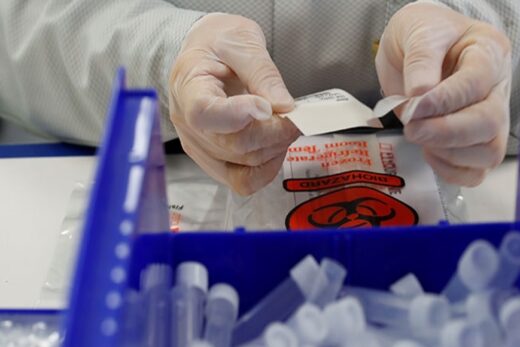As the nation witnessed one the strictest lockdowns globally, demand for goods & services dropped sharply, giving rise to fears of a credit crisis. As such, nearly one out of every 10 companies that were part of the Nifty500 index at that time was entering the lockdown with weak debt servicing capability.
Those fears did not materialise to a large extent thanks mainly due to steps taken by the government and RBI in the form of debt moratorium and a faster-than-expected recovery in the real economy.
That said, some companies used the crisis as an opportunity to clean up their balance sheets and turn around their financial fortunes in a space of nine months, showed an analysis by ETMarkets.com on the Nifty500 index companies.
While several metrics can be used to gauge the financial health of a business, the interest coverage ratio emerged as a simple and the most popular metric among investors to determine a turnaround.
Interest coverage ratio is a financial metric that shows how many times a company’s operating profit can cover its interest costs on outstanding debt. A reading below 1 is considered weak, while anything above 2 is generally seen as a sign of healthy debt-servicing ability.
Therefore, a simple way of gauging a turnaround would be to find companies that entered the pandemic with an interest coverage ratio of less than 1 but managed to improve the same to above 2.
As many as 25 non-financial companies or one in every 20 companies that are part of the Nifty500 index managed to emerge out of the pandemic’s worst phase with sound financial health despite heading into it on wheelchairs.
These 25 companies interest coverage ratios of less than 1 or even negative in some cases at the end of the March quarter, 2020, but as of December 31, 2020, those ratios on average improved to more than 2, data compiled by ETMarkets.com showed.
The list includes some of the biggest names in the Indian capital market, such as M&M, Tata Motors, Zee Entertainment, IndianOil and soon-to-be privatised Bharat Petroleum Corporation.
Analysts said many formal sector companies, especially those in the listed space, managed cost savings during the lockdown period through job cuts, salary cuts and by lowering other expenses to repay existing debt.
This was reflected in the sharply lower demand from corporate Indian to use the special window for loan restructuring that the central bank had provided between April and December.
Further, their operating health also benefitted from the pentup demand in the economy after the government formally withdrew the lockdown in June, resulting in a strong revival in businesses.
While each company has its own story to tell, one of the most astounding turnarounds has been that of graphite electrode makers Graphite India and HEG, which headed into the pandemic with interest coverage ratios in the negative territory because of large operating losses.
However, a boom in global commodity prices and demand since the re-opening of global economies late summer helped both the companies report strong operating profits and sharply lower interest costs.
Another remarkable turnaround has happened at one of India’s largest broadcasting companies – Zee Entertainment. It managed to reduce interest costs by 98 per cent between March 31 and December 31, 2020, while operating loss turned into operating profits as advertisement revenues surged.
Investors have handsomely rewarded these companies for the improvement in financial health, as shares of the 25 companies rose on an average 137 per cent during this period.



